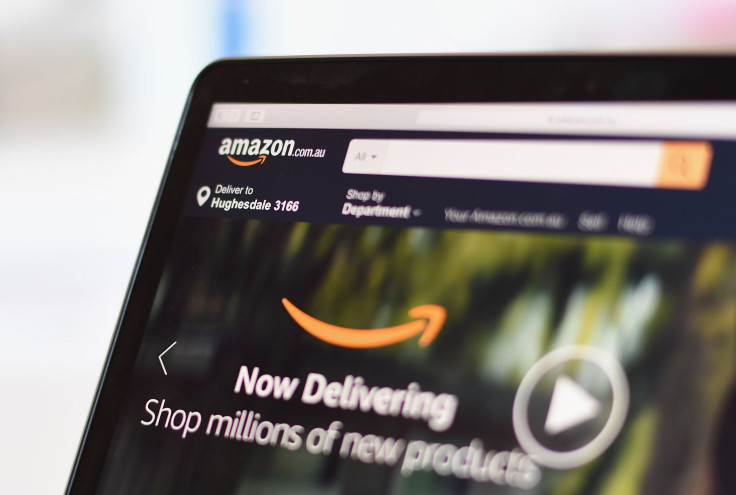How Amazon Puts Brands At A Disadvantage And What They Can Do About It

Amazon has more customer search and purchasing data than any e-commerce business. It is able to develop private label brands in six months flat based on data and customer intent. Knowing what customers are looking for and what is popular in terms of sales gives Amazon a large advantage against brands looking to boost their own numbers. It’s putting long-established national brands at a significant disadvantage.
The company’s private label brands have access to the best merchandising and best targeting available in the marketplace — and the brand doesn’t even need to be profitable or drive significant revenue. These brands only need to operate as Trojan horses that generate sales from customers and provide Prime customers with products that are exclusively available to them through subscriptions.
The way Amazon makes this work is by leveraging data on what Prime customers buy and developing brands based on the purchase intent of their most profitable customers. As Amazon’s third-party marketplace has grown to nearly 50 percent of all products sold to customers on Amazon.com, Amazon is using the data collected from customers to enter categories for which Amazon is either not the seller of the top products (fashion) or for which Amazon provides cost-effective alternatives to everyday items (batteries).
According to Business Insider, the e-commerce giant offers everything from burgers to beauty products under its collection of 34 private-label brands. Combined, sales of those products could add $1 billion to its gross profit by 2019, according to Morgan Stanley analyst Brian Nowak in a research note issued in early December.
Amazon Is the Elephant in the Room for Established Brands
According to Inc, Amazon has quietly launched around 20 private label brands — custom brands that you can’t buy anywhere else — covering fashion, women’s fashion, baby clothing and snacks. According to an analyst note from SunTrust Robinson Humphrey, those brands racked up around $2.5 billion in sales for Amazon in 2016 alone.
Third-party sellers thought for a while that by creating their own private label products, they could counter the impact that Amazon would have on their businesses. By creating its own private label products, Amazon essentially competes against its top-selling third-party national brands, as well as its first-party national brands that are already wholesaling to Amazon.
Amazon Doesn’t Care Who Its Competition Is
Private labels provide Amazon with an opportunity to create revenue by leveraging data that it already owns. Third-party brand owners inherently create the products that become popular. Amazon realizes it can become the seller of a similar looking product at better margins, and then becomes a category leader based on reviews and popularity. Brand name products face pricing challenges when listing on Amazon while private label manufacturers face the reality that, at any time, Amazon could enter their category and siphon off sales based on data and lower prices.
Amazon is gaining share from category leaders and growing this business at max speed. According to Business Insider, private labels have generated $2.5 billion in 2016. Amazon is expected to generate roughly $4.3 billion in 2017 sales from its growing army of private label products, according to SunTrust Robinson Humphrey’s Youssef Squali.
How Brands Can Prepare
As long as Amazon refines its skills in building private label brands quickly, national brands will need to play catch-up very quickly, beginning with three key areas of focus. For one, brands should be prepared to launch new brands in under the usual two- to three-year cycle that is currently seen with national brands.
They should also consider the launch of private label brands that are generating annual revenue only $20 million to $50 million, rather than the usual $500 million to $1 billion threshold currently in place for national brands. This is yet another mind shift that brands will need to make to counter Amazon’s current private label momentum.
Finally, brands will need to ensure that all of their existing brands’ product listings are properly optimized and supported with appropriate levels of advertising spend on Amazon.
In conclusion, brands must get serious about treating Amazon both as a significant sales channel as well as a competitor with unique advantages. Gone are the days of brands ignoring what happens on this channel. Amazon already has too many advantages over national brands and can challenge seriously the long-term viability of national brands online.
James Thomson is a partner of Buy Box Experts and co-author of the new book The Amazon Marketplace Dilemma: A Brand Executive’s Challenge Growing Sales and Maintaining Control.
© Copyright IBTimes 2024. All rights reserved.





















